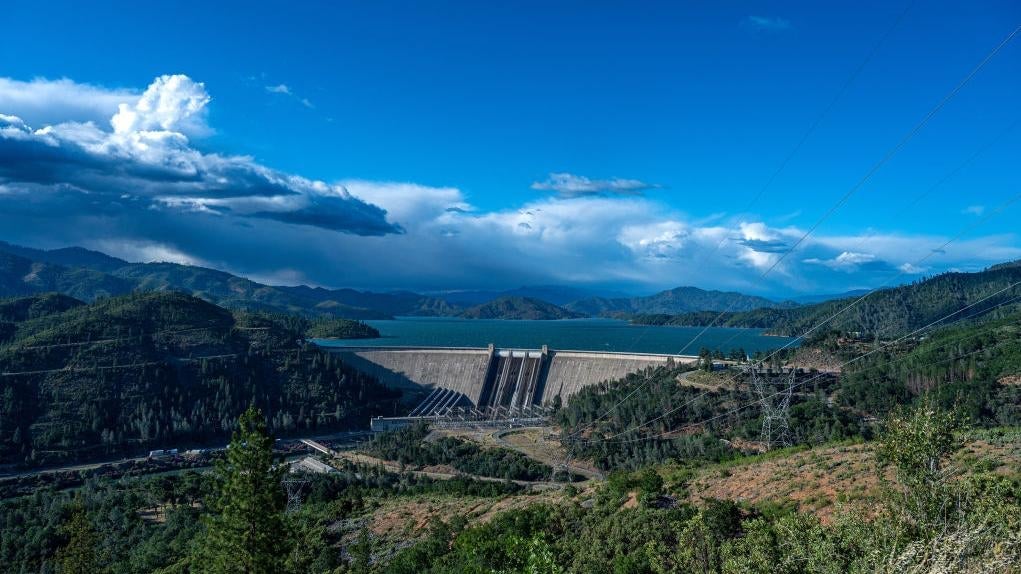
Recent research indicates that the extensive construction of large dams by humans has contributed to a noticeable shift in the Earth’s poles. Over the past two centuries, nearly 7,000 massive dams have been built worldwide, leading to a shift of about one meter (approximately three feet) away from the planet’s rotational axis. This phenomenon has also resulted in a 21-millimeter (or 0.83-inch) decrease in global sea levels, according to a study published in Geophysical Research Letters.
The Earth is composed of a solid crust that surrounds a molten layer of magma. When mass is redistributed across the planet’s surface, such as through the impounding of water behind dams, the outer crust can wobble in relation to the molten interior. This results in a phenomenon known as true polar wander, causing the geographic poles to move.
Natasha Valencic, a graduate student at Harvard University and the lead author of the study, explained the implications of this mass redistribution. “As we trap water behind dams, not only does it remove water from the oceans—thus leading to a global sea level fall—it also redistributes mass around the world,” she stated.
Impact of Dam Construction on Pole Shift
Valencic and her team utilized a global database of dams to assess their locations, the volume of water they retain, and how this affects the distribution of mass on Earth. The database, which includes information on 6,862 large dams constructed between 1835 and 2011, revealed that these structures collectively hold enough water to fill the Grand Canyon twice.
The study identifies two significant phases of polar shift linked to dam construction. The first phase, lasting from 1835 to 1954, coincided with a surge in dam building primarily in North America and Europe. During this period, the North Pole shifted approximately 25 centimeters (about 8 inches) toward the 103rd meridian east, a line that traverses regions in Russia, Mongolia, and China.
The second phase, occurring between 1954 and 2011, saw a concentration of dam construction in Asia and East Africa. This led to a further shift of the North Pole by around 57 centimeters (or 22 inches) toward the 117th meridian west, which runs through western South America and the South Pacific.
Research Implications for Future Sea Level Predictions
The total shift of the poles does not add up precisely to 3.7 feet, as polar wander follows a complex, wobbly trajectory. While the changes may seem minor, they underscore the necessity for researchers to consider the effects of water stored in dams when forecasting future sea level rise.
In the 20th century, global sea levels increased by 12 to 17 centimeters (or 4.7 to 6.7 inches), while approximately a quarter of that volume was captured behind dams. Valencic emphasized the importance of factoring in dam locations and reservoir geometries, stating, “Depending on where you place dams and reservoirs, the geometry of sea level rise will change. That’s another factor we need to consider, because these changes can be quite large and significant.”
This study opens new avenues for understanding how human activity affects not only local ecosystems but also broader planetary dynamics. As humanity continues to construct infrastructure for water management, the implications for global geography and climate patterns become increasingly critical.







